how do we actually show musicality? i mean… it’s a snare drum.
playing snare drum is like playing a piano that has 87 broken keys and you’re left with just one single note. it’s like writing a letter to someone using only the letter r. you have one drum.
it doesn’t change pitch like timpani. we’re working at an extreme disadvantage when it comes to music-making. the point is this: you’re going to have to get creative if you want to express something.
even though most snare drum études are full of technical puzzles and combinations, your first responsibility is the same here as it is with any music - to be a storyteller and to bring life to the music. stories have direction, and music should always have direction. musicality is a complex art that is learned slowly like a language. one day, you hear one “inflection” and decide how you like it. then you learn another, and another, then another, and soon you can guess which inflections are more or less effective to the human ear.
want to see my complete snare drum setup?
here’s my 8-piece snare drum setup, including every piece of gear and accessory you'll need. (and it's totally audition-ready, too.)
two sides to phrasing
there’s two parts of the phrasing journey. the journey starts with the music (printed page), goes to your brain (phrasing decision-maker), and then gets translated through your instrument.
the first leg of the musical journey is from the music to your brain. it’s your musical interpretation of the piece. it has nothing to do with what instrument you’re playing on. this is where you decide the direction of all the groups of notes. where is the piece gaining tension? where is it relaxing? how many measures until the next major cadence, whether it’s rhythmic or tonal? how many notes until the next minor arrival point? that’s not the subject of this article, but it will be the subject of another.
the second leg of the journey is from your brain to the instrument - speaking your intended musical phrasing through your instrument. it’s how you’re able to show variations in tension, character and style through whatever instrument you’re playing. this is where things get interesting, especially on snare drum. to solve this problem, your job is to find all the variables that you can manipulate. these are the tools in your tool belt. think of your musical personality being the “architect” and the music is the “raw material” that you have to shape into something coherent for the listener.
that’s what we’re figuring out today: how to shape the notes coming out of the snare drum into musical inflections. more specifically, these are the variables that you can adjust through a phrase to show direction.
1. dynamics
dynamics, or volume of the notes, are probably the easiest and most utilized way of showing musicality. i’m not telling you to change the written instructions and leave the indicated dynamic in the music. your job is to stay within the range of the current dynamic but still show a significant dynamic change. there’s a low- and a high-end to your, say, mezzo-forte dynamic, so you can absolutely explore that. it’s your job to explore that. however, you should always be careful when you’re going to the extreme low end or the high end of your dynamic - if it gets too soft or too loud, it will sound like you’re decrescendoing or crescendoing, or that you’ve arrived at a different dynamic. you have to play the game of “how loud or soft can i go without altering the written instructions."
2. beating spot
from the center to the edge, you have a lot of space to work with. the edge of the drum sounds thin, while the center sounds thick. while neither of these specifically mean “more intense” or “more relaxed,” per se, all it really has to provide is a sense of movement or motion. if 8 notes in a row are exactly the same dynamic but they are changing tone slightly, it will sound like those notes have “direction,” which is your goal. it’s up to you to figure out how to utilize this variable to portray whatever music you’re trying to make.
when you’re gaining tension in a phrase, you might move the stick from the edge to the center, and when you’re relaxing you might move it from the center to the edge. or vice versa. it’s also up to you to decide how far to move it. if you’re pairing this with a dynamic change, it would make sense to make a lengthy beating spot move, whereas it might not work so well if you’re trying to stay the same dynamic.
3. stroke speed
your stroke speed can be anywhere from very slow to very fast, and anywhere in between. when you’re playing snare drum, the physical result of the speed of your stroke is “how long is the stick on the head?” if the stick is on the head for a long time, which results from a slower stroke speed, the tone will be thicker, deeper, and wider. a staccato stroke results in a shorter note, more articulate, brighter, and sharper. the actual difference in length of time that the stick is on the head is very minuscule, and its result may be subtle. but this is one of the best phrasing tools in palette of colors.
4. placement/time manipulation
this is a very subtle one, and difficult to pull off. time manipulation is the subtle adjustment of the rhythmic placement of a note to give it a musical effect. it’s sometimes dangerous to teach this to students because it almost always has the effect of making someone sound like they have bad rhythm at first. but i think that it’s important that you learn this concept early. learn that it exists, and play with it on your own.
think back to the #1 phrasing tool of dynamics. when you’re adjusting dynamics, you can go louder or softer, as long as it’s within the range of the current written dynamic. it’s the same thing with placement. you can play something on the ‘front edge’ or the ‘back edge’ of where the mathematically correct location of the note should be, and it can still sound correct. in fact, professional orchestras play with this constantly. there’s a quote out there, and i would love for someone to find it, that says something to the effect of, “playing with a metronome makes the beginning of the measure too slow and the end of the measure too fast.” if we let our time go free a little bit and choose placement based on emotion and musical phrasing, some notes will just take longer than others.
it’s very important that as a snare drummer you have very excellent rhythm, so please use this variable sparingly. start listening for it in other instruments and testing it out on the drum. just don’t go to your lesson, play completely out of time, and say, “rob told me to!"
5. rolls: buzz density
this technique has limited applications: you can only use it during rolls. duh. but buzz density, which is the number of individual bounces per stroke, is an extremely effective tool to show intensity or relaxing. it’s something that you can adjust throughout the term of a roll to show that a musical phrase is gaining tension or losing tension.
6. roll: stroke speed
buzz rolls give you quite a bit of artistic license. in addition to choosing how densely filled each stroke is, you have the ability to choose how many actual strokes happen within the allotted amount of time. the more strokes, the more intense the roll, and vice versa. try adjusting this from beginning to the end of the roll to show the most musical direction
7. grace note spacing
everyone teaches that flams, ruffs, and 4-stroke ruffs should have consistent spacing, right? i do, too. however, if you’re thinking in purely musical terms, a tighter flam sounds more intense than a wider flam. you can use the spacing of grace notes to show your musical phrasing and character, as long as you’re also showing that your grace note figures are also very consistent and intentional. like anything, don’t let it sound like a “mistake,” but make it sound like a decision that you made.
ok, so now the ball’s in your court. go ahead - start making music!
want to see my complete snare drum setup?
here’s my 8-piece snare drum setup, including every piece of gear and accessory you'll need. (and it's totally audition-ready, too.)

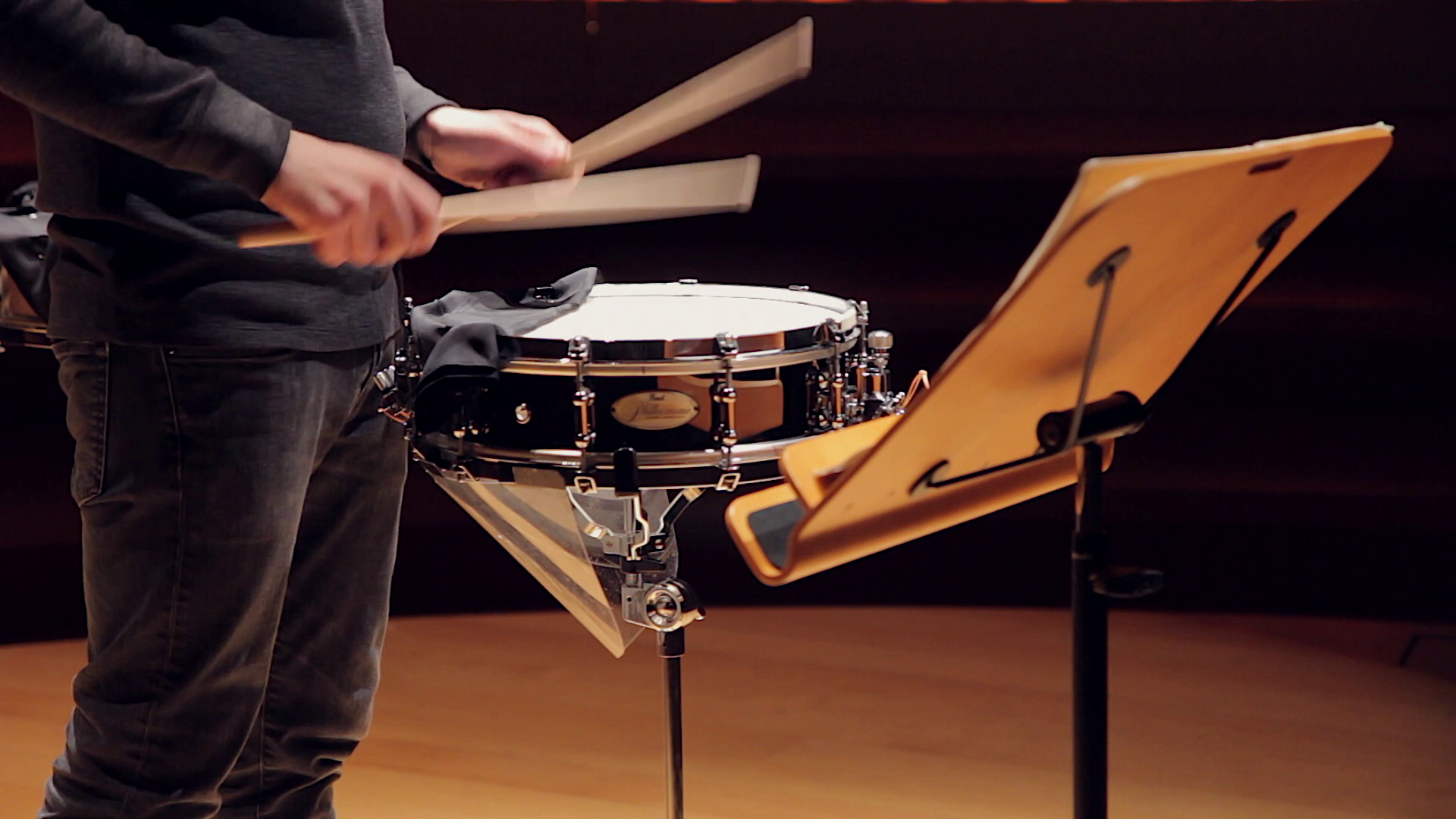




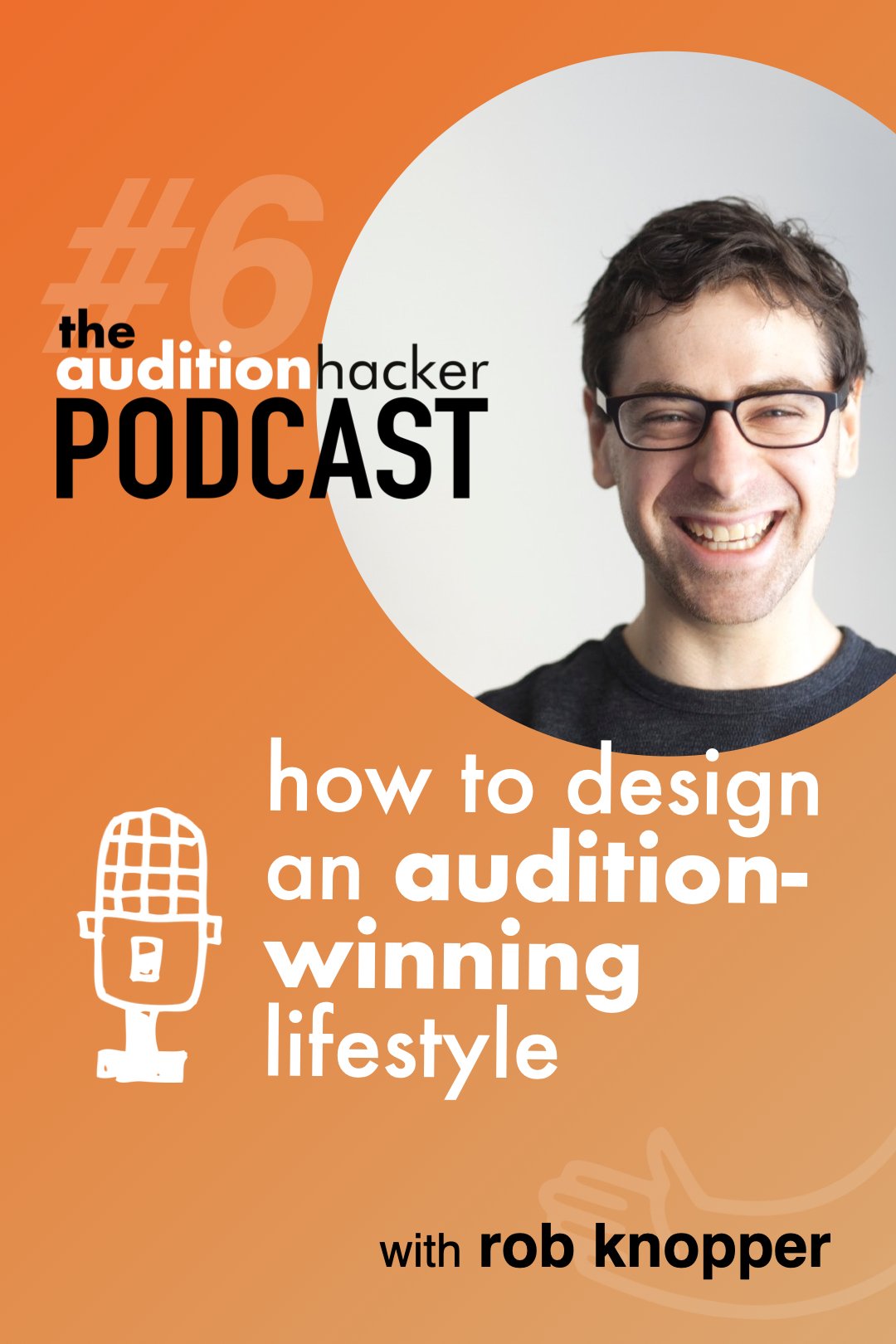
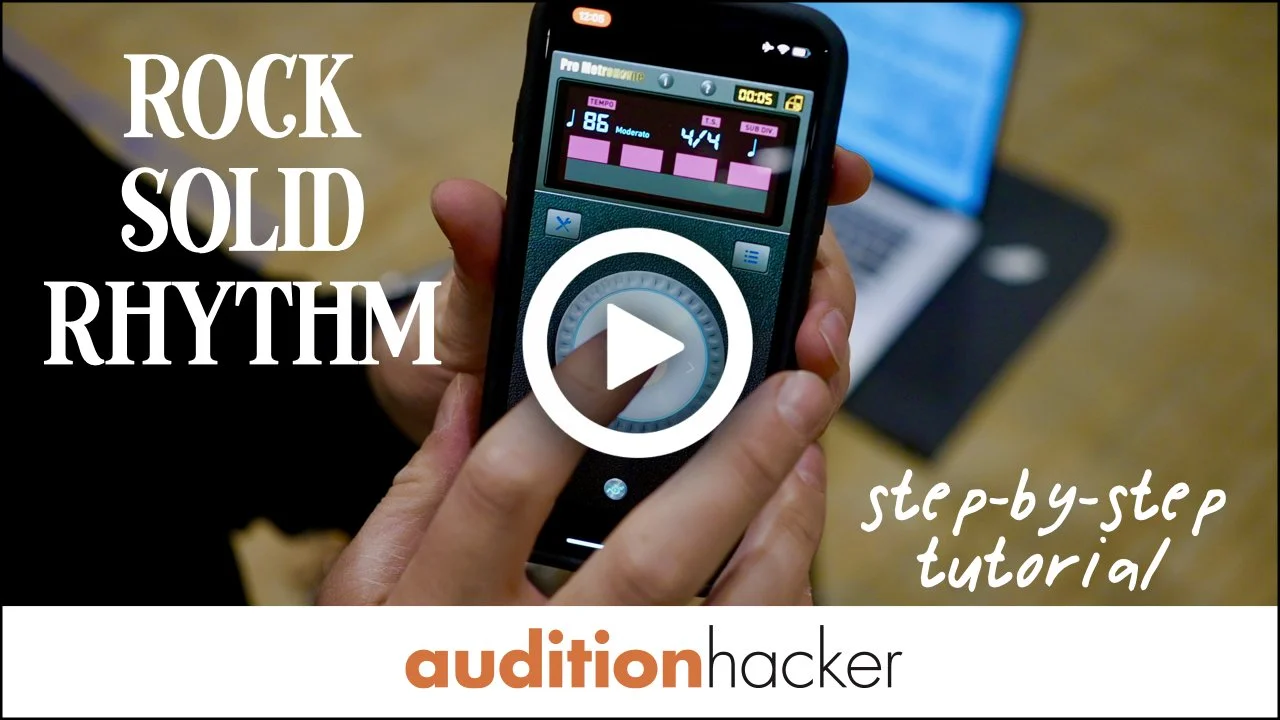
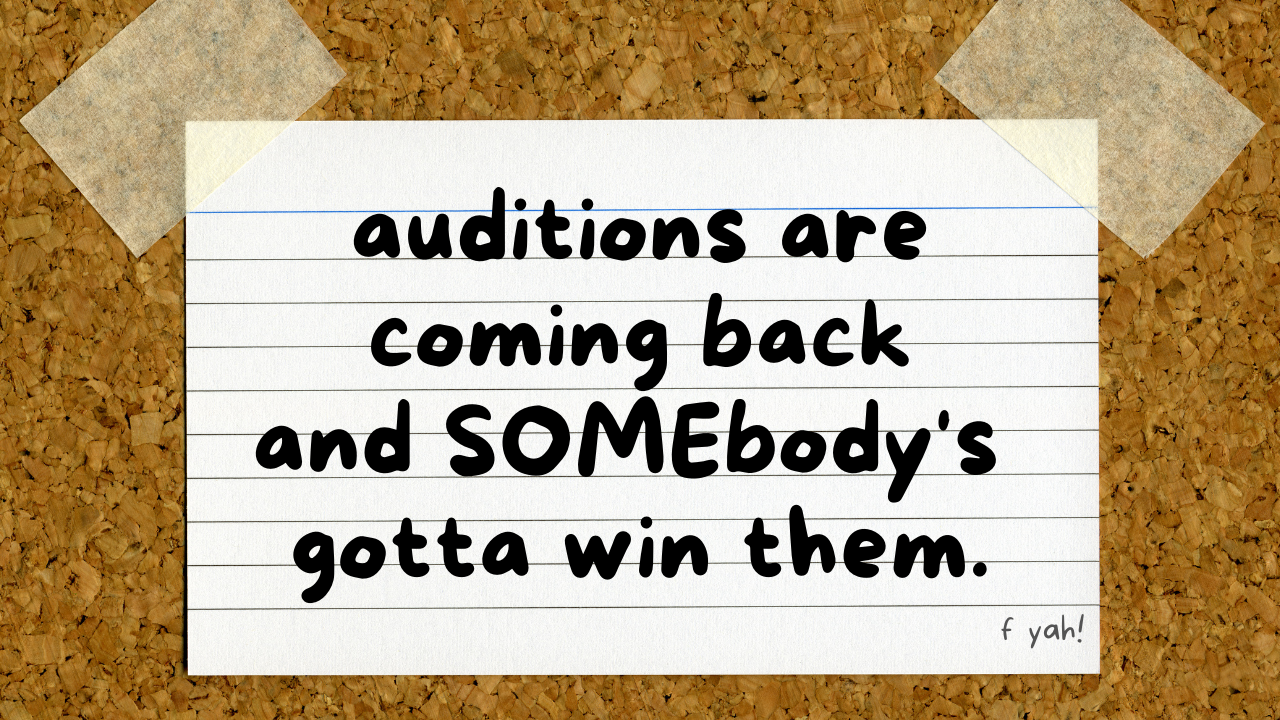

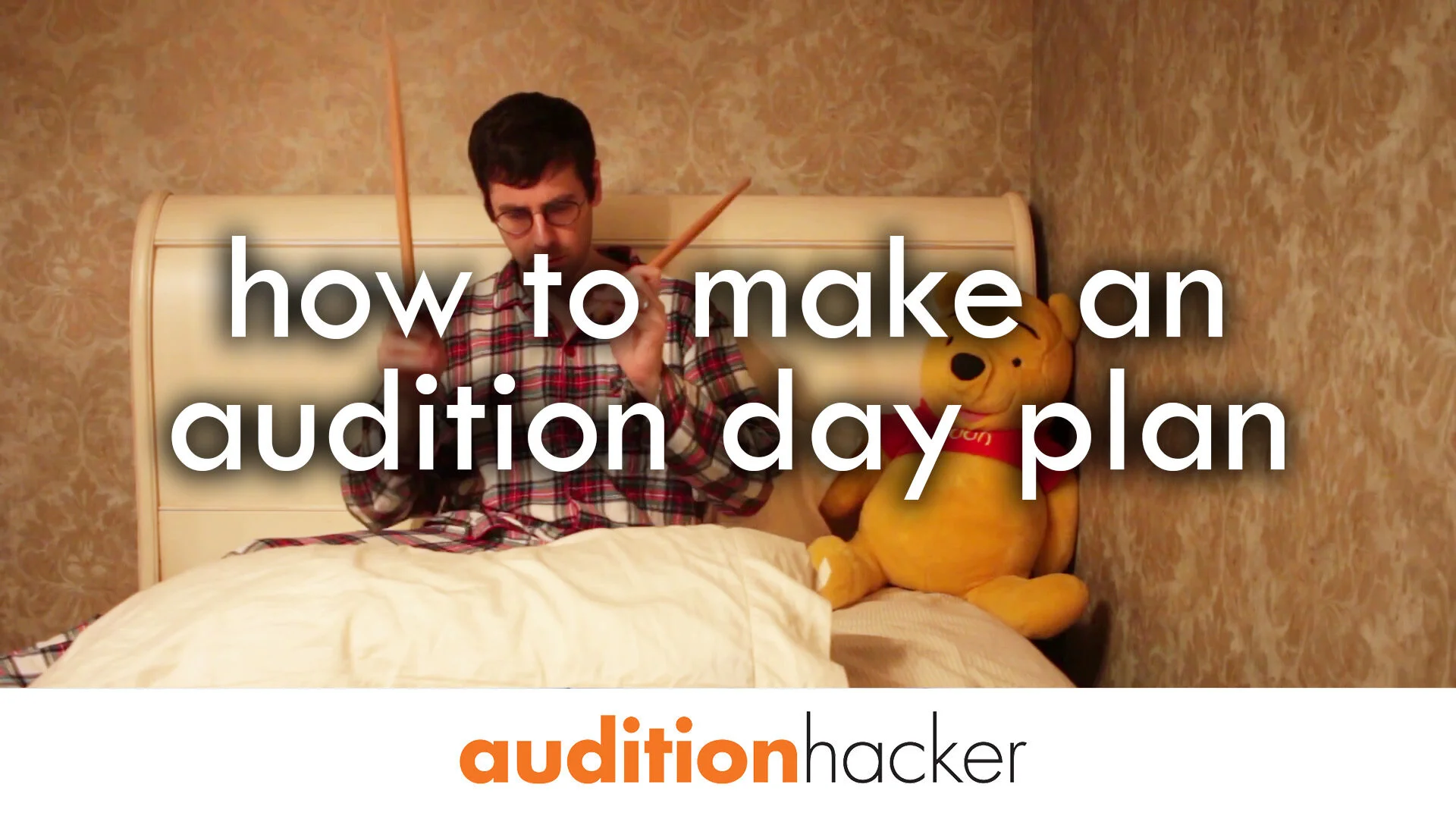


in 2019, a cellist named maria reached out to me about her audition struggles. on paper, she was the “worst audition candidate ever” (her words). she had 2 small children, a full-time teaching job, and hadn’t taken an audition in 4 years.